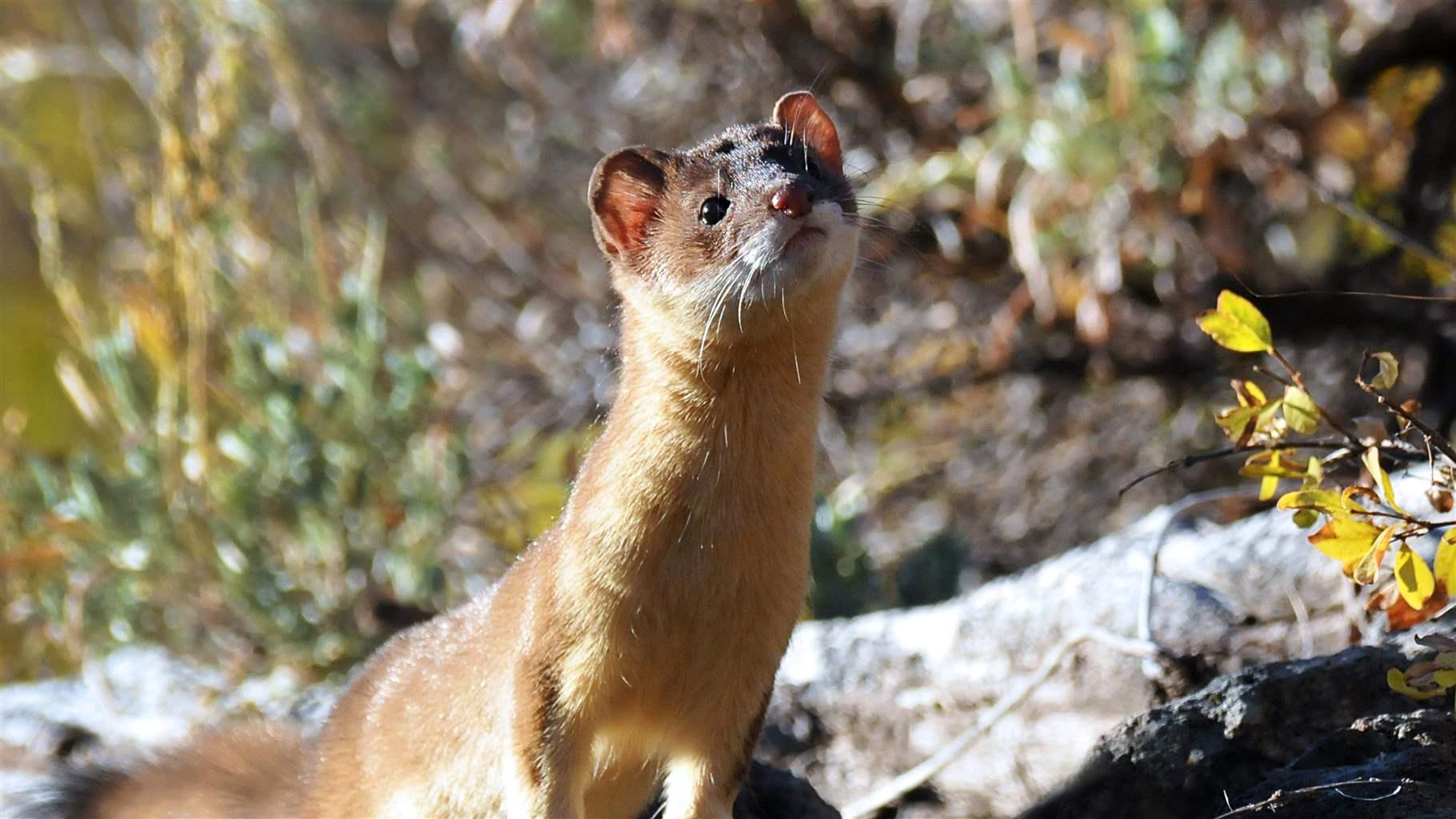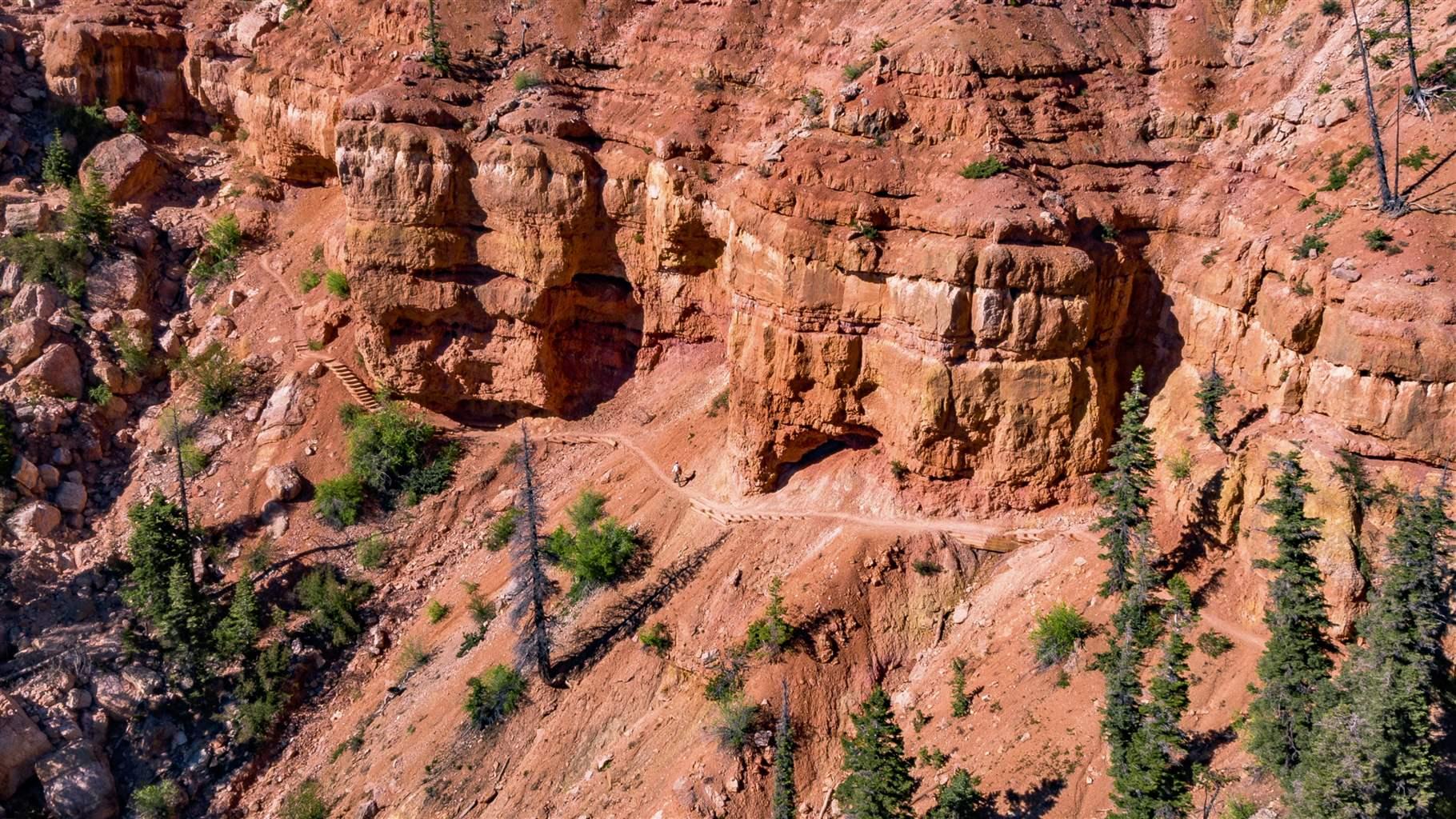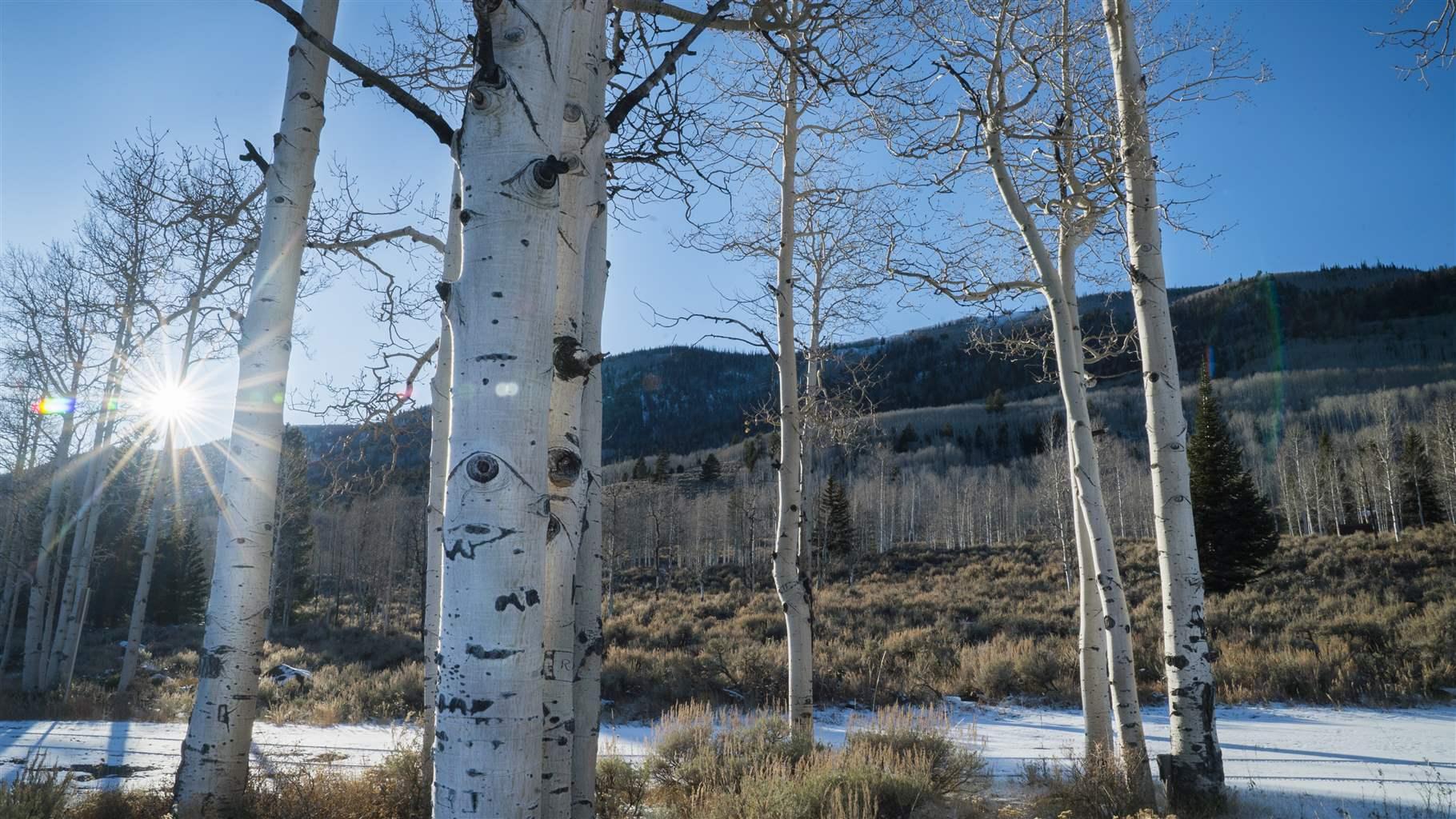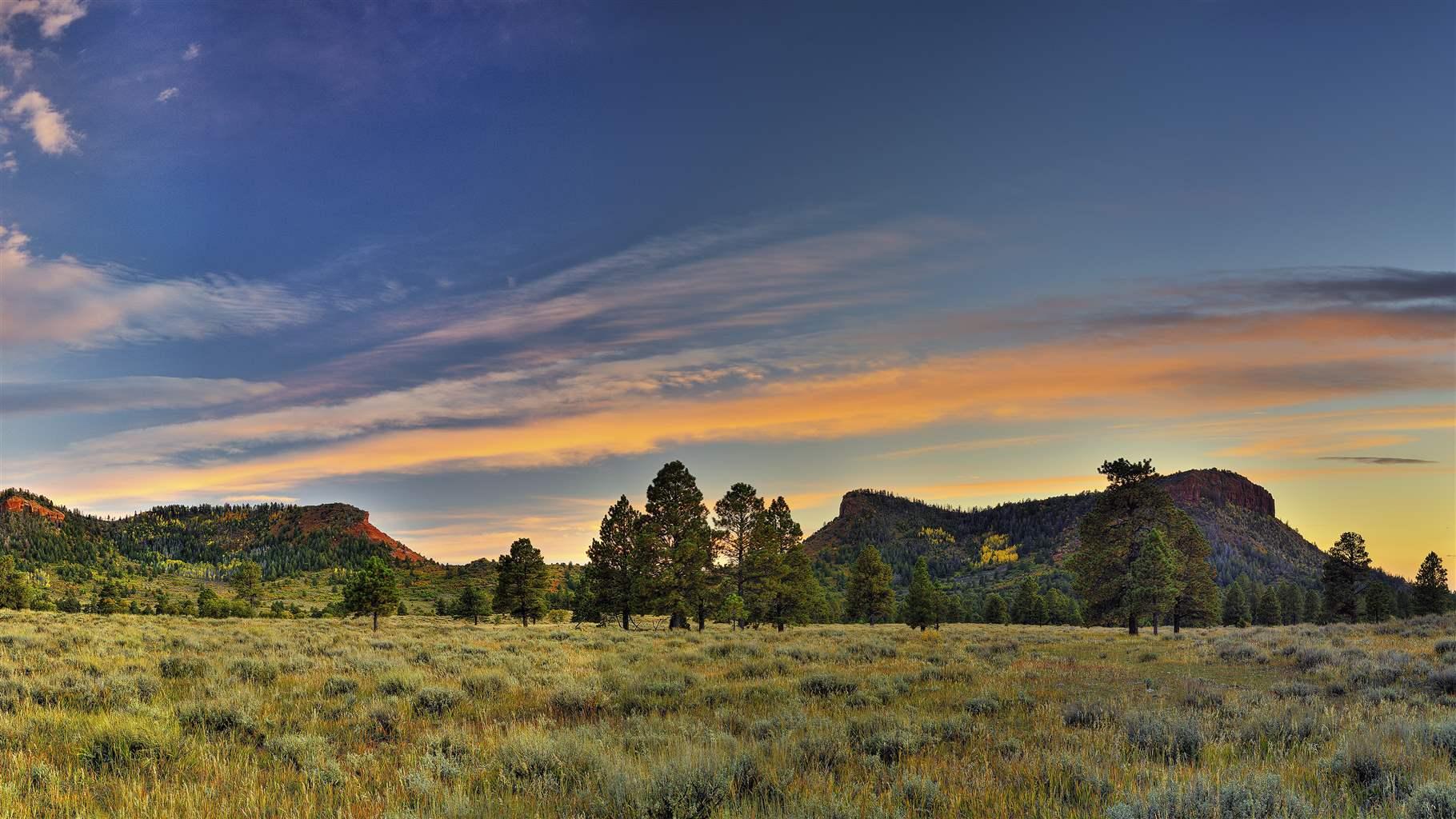Study Finds Ecologically Valuable—but Vulnerable—Areas in Utah National Forests
Increasing protection in Dixie, Fishlake, and Manti-La Sal forests would benefit wildlife and people
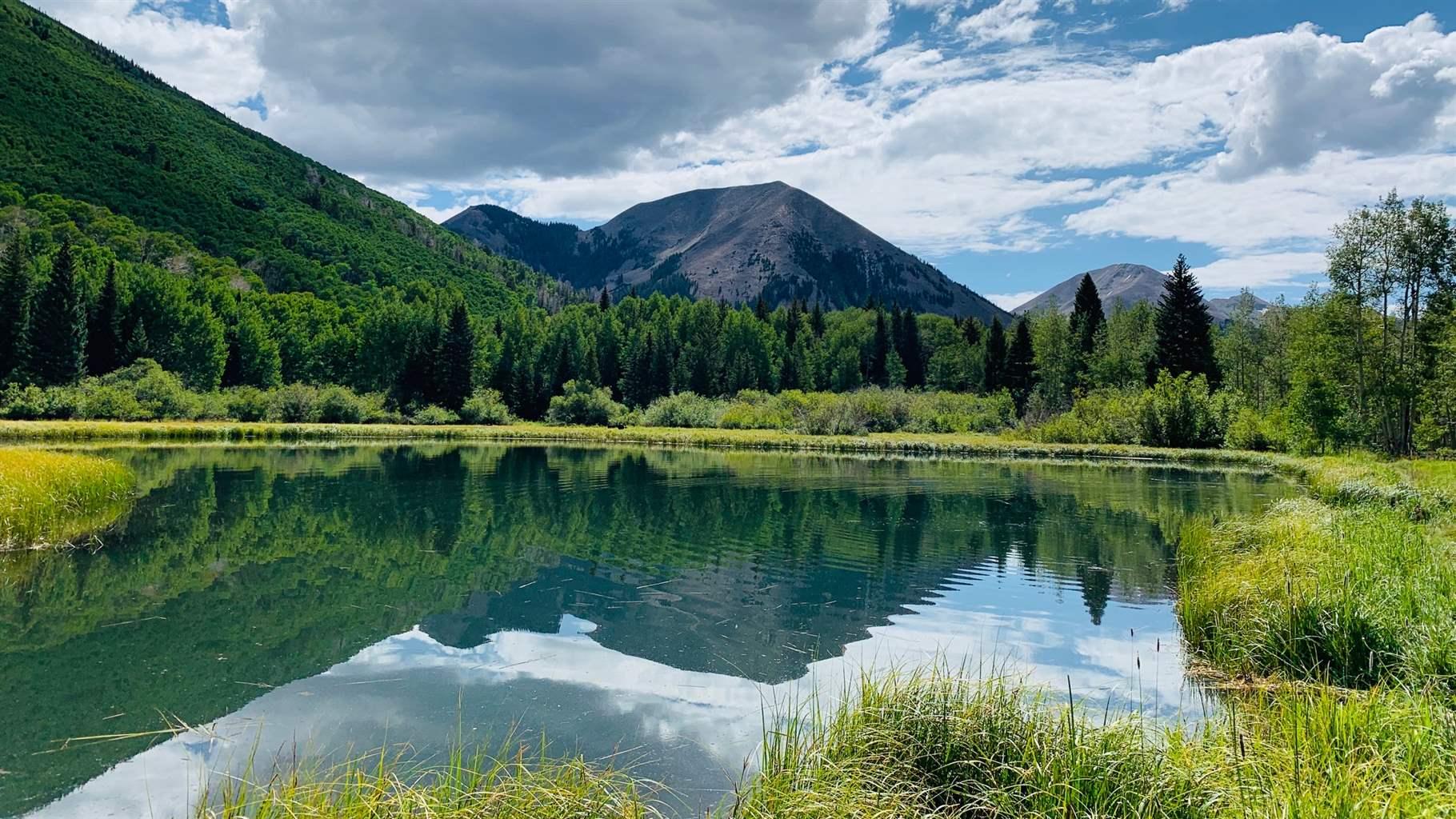
Utah’s 8.1 million acres of national forests are an irreplaceable resource for people, wildlife, and local communities. These diverse woodlands feature rocky peaks and expansive meadows, along with rivers, lakes, and streams. And each forest provides habitat for fish and wildlife and myriad recreational opportunities such as camping, hunting, and mountain biking—significant quality-of-life aspects for Utah residents and visitors.
To help the U.S. Forest Service make the best decisions in managing these public lands, The Pew Charitable Trusts commissioned Conservation Science Partners, a Truckee, California-based research nonprofit, to evaluate three of Utah’s national forests to identify the most ecologically valuable—yet unprotected—lands within each. Without protections, these areas could be vulnerable to commercial logging, road building, or other activities that would diminish their important values. Conservation Science Partners’ reports for the Dixie, Fishlake, and Manti-La Sal national forests (summarized below) are now available, along with an analysis for the Ashley National Forest released earlier this year.
To conduct its research, the group uses a spatial analysis methodology and a set of science-backed indicators related to biodiversity and carbon to identify unprotected areas that score in the top 10% of these combined indicators, which it terms high ecological value areas (HEVAs). Conservation of HEVAs is important for maintaining forest health.
The U.S. Forest Service manages national forests under a “multiple use” mandate—set by Congress—and is required to ensure their ecological sustainability. To achieve this, the agency prepares a land and resource management plan, commonly called a forest plan, for each national forest. The agency is supposed to comprehensively update those plans every 15 years, setting the framework for determining what types of activities can occur on a forest and where, but the government sometimes leaves plans unrevised for longer than that. The Forest Service is in the process of revising the Manti-La Sal forest plan and will address its 36-year-old plans for the Dixie and Fishlake national forests in the coming years. As the Forest Service moves forward with these revisions, the public will have opportunities to provide comments and make recommendations on how the forest should be managed.
The Forest Service should consider the information in these reports when revising its plans. As human activities increasingly place pressure on natural ecosystems, appropriately designed conservation-oriented management of HEVAs are important tools for ensuring healthy, functional forests. The data can also help the agency and the public understand how best to ensure each forest’s ecological sustainability within the Forest Service’s mandate for the benefit of both people and nature.
Download the full report PDFs:
Here are the highlights of Conservation Science Partners’ most recent findings.
Known for its striking red rock canyons and high plateaus, the nearly 1.9-million-acre Dixie National Forest straddles the divide between the Great Basin and Colorado River in southern Utah. Conservation Science Partners identified the Pine Valley Mountains north of St. George, and areas along Cedar Canyon southwest of Cedar Breaks National Monument and across the top of Boulder Mountain, as being within the top 10% of ecologically important areas in the forest.
South-central Utah’s 1.5-million-acre Fishlake National Forest lies along the boundary of the Colorado Plateau and Basin and Range regions. It takes its name from Fish Lake, which is the largest natural mountain lake in the state. The forest supports a diverse community of plant species. The analysis of the forest identified portions of the Tushar Mountains and lands north of Fish Lake, for example, as being within the top 10% of ecologically important areas.
At nearly 1.3 million acres, Manti-La Sal National Forest encompasses four geographically distinct areas in southeastern and central Utah and is well known for its deep canyons, rich cultural resources, and abundance of recreation opportunities, including hiking, rock climbing, and big-game hunting. The analysis of the forest identified areas, such as the lower elevation lands around the La Sal Mountains and large portions along the eastern flank of the southern Wasatch Range, as HEVAs.
Pew encourages the public to urge the Forest Service to strongly consider protection of the HEVAs identified in the forest analyses, alongside other compelling public uses and needs in these forests. We also ask the agency to engage with the public in revising these and other forest plans and to incorporate Conservation Science Partners’ reports into the plans for the Dixie, Fishlake, and Manti-La Sal to help keep these forests healthy and sustainable far into the future.
John Seebach is a project director and Blake Busse is a principal associate with The Pew Charitable Trusts’ U.S. public lands and rivers conservation program.
